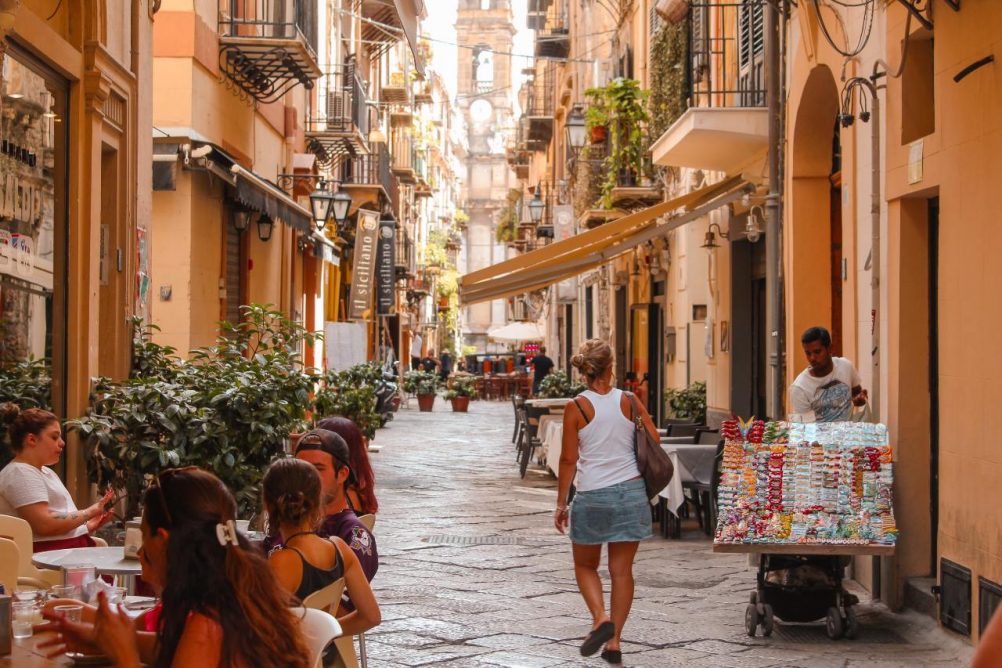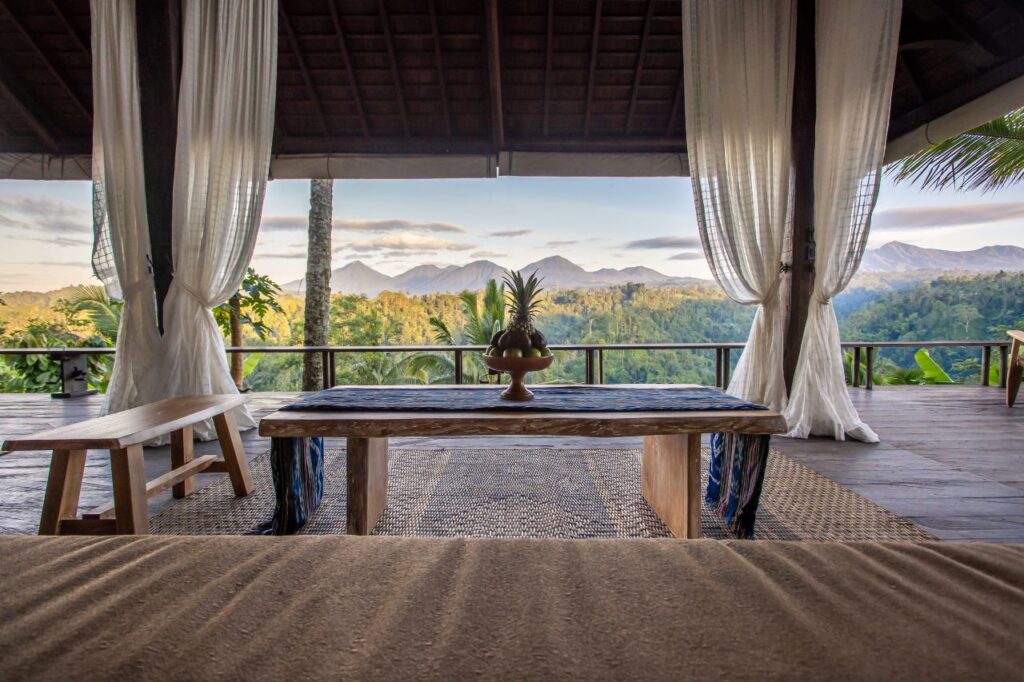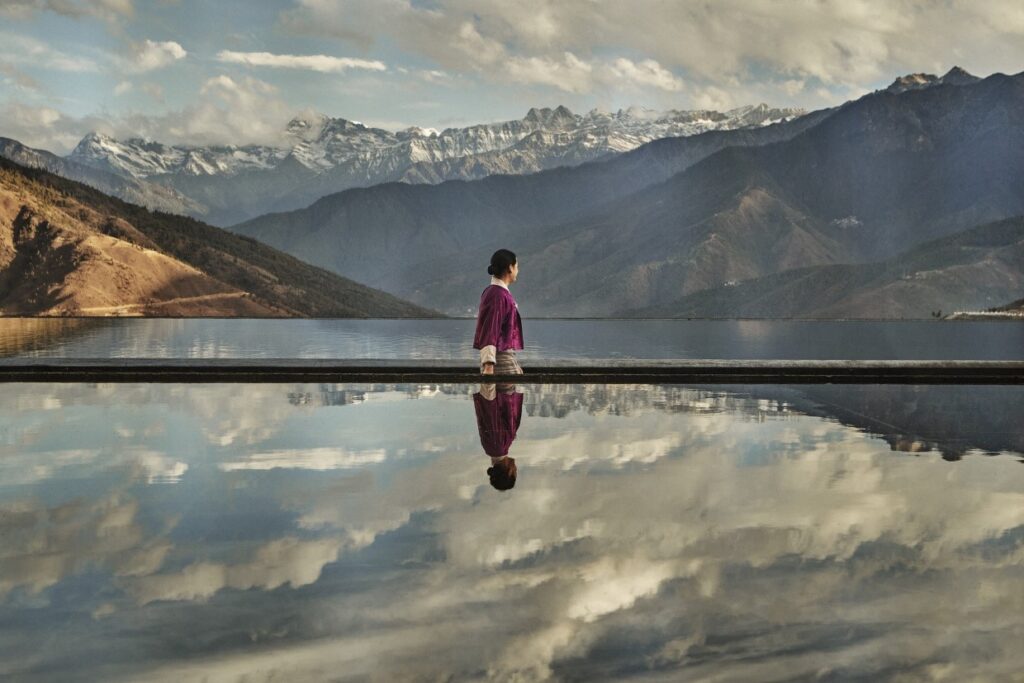Sicily: the best places to base yourself
Where you stay can make or break your holiday.
Words by Ute Junker
Photos Who is Denilo on Unsplash
Want to make the most of your Sicilian stay? It’s all about finding the right place to base yourself. Each of the inviting towns on our list has a great location, an inviting atmosphere, and plenty of great holiday rentals to choose from, whether you are after a grand villa or a stylish apartment.
NOTO
Why we love it: There’s not a whole lot to Noto, but what is there is simply splendid. After being flattened in the devastating earthquake of 1693, the little town of Noto got rebuilt in grand baroque style. Although it has just three main streets, Noto also has three grand squares, a monumental cathedral and even a triumphal arch – all made of the local volcanic rock, tufa, which glows warmly in the sunlight.
Take a tour down the side streets and you will find magnificent townhouses decorated with wrought iron balconies and all manner of elaborate carvings: lions’ heads, rampant horses, stern gods or abundant depictions of fruits and flowers.
For all its grand architecture, however, Noto has an endearing small-town feel. Priests stop in at the café for a cappuccino where they are greeted by black-clad nonnas snacking on pistachio tarts; locals stop for a chat with the shopkeepers who keep a proprietary watch on the goings-on in the street. If you want a place where you can mesh with the fabric of local life, Noto is it.
What’s nearby: Noto was not the only town to be rebuilt in spectacular style after the earthquake. The nearby towns of Ragusa, Modica and Catania are also filled with beautiful baroque streetscapes to explore.
SIRACUSA
Why we love it: When people say Siracusa is their favourite Sicilian city, they are usually talking about Ortigia, the island that forms the city’s historic heart. Inhabited for more than 3000 years, this easily-walkable island packs plenty of delights into its compact confines.
Ortigia has plenty of noteworthy sights – there is a Caravaggio canvas in the Church of Santa Lucia Alla Badia, an imposing Norman cathedral built into the ruins of a Greek temple, and the Palazzo Borgia del Casale, a marvellous Rococo building that shows how Sicily’s nobility lived.
The true joy in staying here, however, is letting your feet lead the way and making random discoveries. From baroque fountains to inviting trattorie to a lively fruit and vegetable market, there’s always something new to discover.
What’s nearby: The area is home to some spectacular ancient ruins, including an atmospheric quarry that did double duty as a prison, a mighty Greek theatre which could seat 16,000 people, and a sacrificial altar where up to 450 oxen could be killed at one time.
PALERMO
Why we love it: Ancient Greeks, Romans, Arabs and Byzantines have all ruled from Palermo; wander the city streets and you will find traces of all of them. This is a city where you can stroll through the remnants of Islamic-style pleasure gardens as well as past baroque palazzi.
The ancient Kalsa district feels like something straight out of the Middle East, with stalls crowding its narrow streets, while the facades of the Quattro Canti intersection are simply spectacular. The don’t-miss attraction is the spectacular Palatine Chapel, built by Normans but glittering with Byzantine mosaics.
What’s nearby: Fifteen km outside Palermo is perhaps Sicily’s most dazzling building: the 12th century cathedral of Monreale, bedecked with more than 6000 square metres of mosaics covering almost every surface.
TAORMINA
Why we love it: The charming little town has long been Sicily’s most popular tourist destination. Perched on a rocky outcrop overlooking the sea, it has glittering views of Mount Etna, an ancient Greco-Roman theatre, and a picturesque shopping strip that lures cashed up visitors.
A stroll along the main street, Corso Umberto I, gives you glimpses of the town’s Arab, Norman and Gothic influences, while the medieval streets winding off the main drag are rich with bars and restaurants. If you want to head down to the water, a cable car will transport you to the seaside resorts.
What’s nearby: Easy day trip options include the baroque beauty of Catania and Messina, where you can visit some magnificent churches as well as the Museo Regionale, home to two Caravaggio canvases. Between March and September, take a hike up Mount Etna, or simply visit the area’s wineries.



